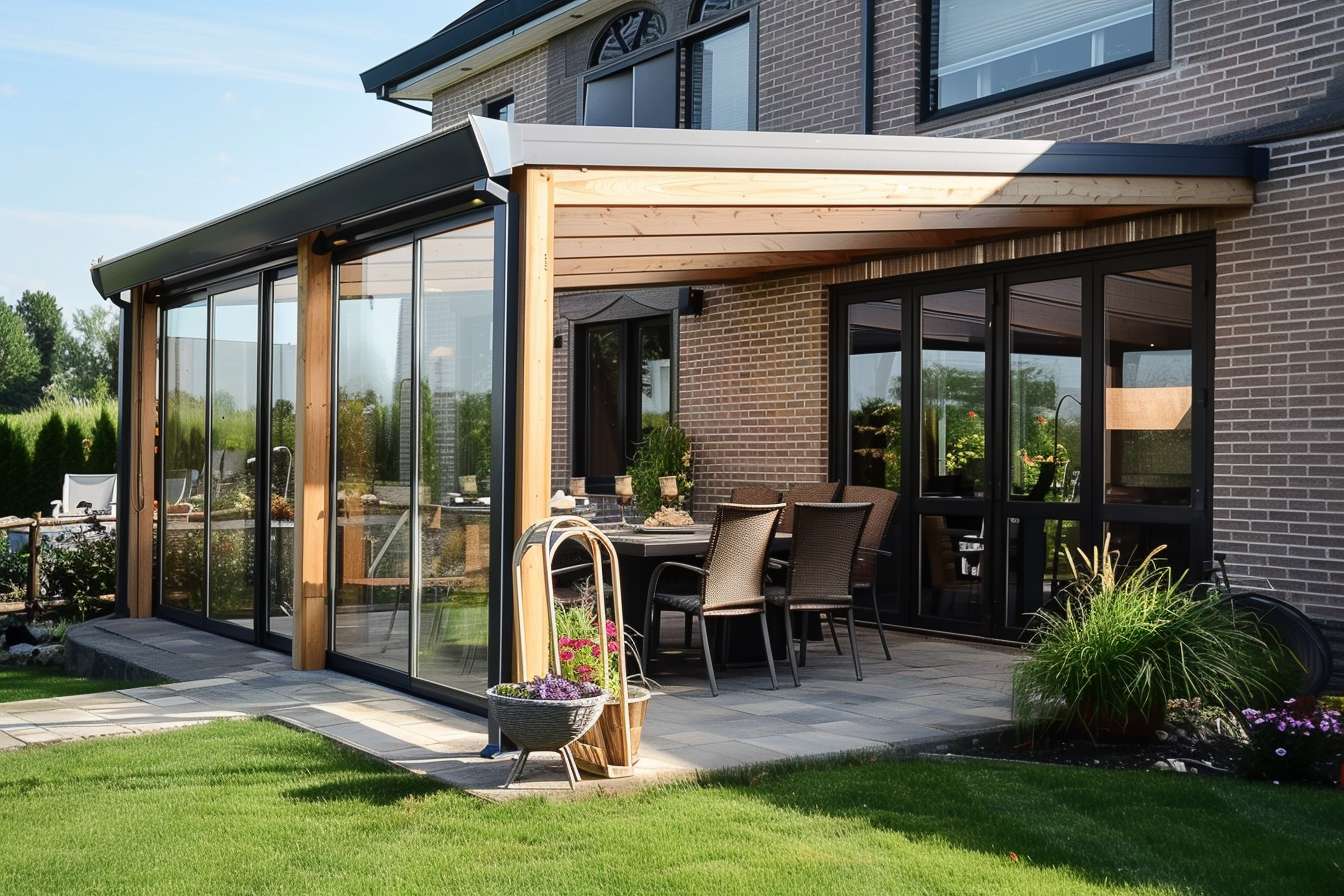Neuroaesthetic Design: Shaping Spaces for Cognitive Harmony
In the ever-evolving world of interior design, a groundbreaking approach is capturing the attention of homeowners and designers alike. Neuroaesthetic design, a fusion of neuroscience and aesthetics, is revolutionizing how we conceptualize and create living spaces. This innovative technique delves into the intricate relationship between our surroundings and brain function, promising to transform homes into havens of cognitive well-being and emotional balance.

The Science Behind Neuroaesthetic Design
Neuroaesthetic design is rooted in the fascinating field of environmental psychology and neuroscience. Researchers have long studied how our surroundings impact our brain function, mood, and behavior. This discipline takes these findings and applies them directly to interior design principles, creating a holistic approach to space creation that considers both form and function from a neurological perspective.
Studies have shown that certain visual elements can trigger specific responses in our brains. For instance, curved lines and organic shapes have been found to activate reward centers, promoting feelings of comfort and pleasure. In contrast, sharp angles and straight lines can increase activity in the amygdala, the part of the brain associated with fear and anxiety. By understanding these neurological responses, designers can create spaces that not only look appealing but also positively influence our cognitive state.
Key Elements of Neuroaesthetic Design
Implementing neuroaesthetic design principles involves careful consideration of several key elements. Color psychology plays a crucial role, with different hues evoking specific emotional and physiological responses. Cool blues and greens, for example, are often used in bedrooms and study areas to promote calm and focus, while warm yellows and oranges can energize social spaces.
Lighting is another critical factor. Natural light has been shown to regulate our circadian rhythms and improve mood, so maximizing daylight exposure through strategic window placement and light-reflecting surfaces is a cornerstone of neuroaesthetic design. Additionally, the use of circadian lighting systems that mimic natural light patterns throughout the day can further enhance cognitive function and sleep quality.
Texture and materials also play a significant role in shaping our sensory experience of a space. Incorporating a variety of tactile elements can stimulate the somatosensory cortex, enhancing our perception of the environment and promoting a sense of grounding and connection. Natural materials like wood and stone, with their inherent variations and organic patterns, can provide visual complexity that engages the brain without overwhelming it.
Spatial Layout and Cognitive Flow
The arrangement of space is a crucial aspect of neuroaesthetic design. Open floor plans with clear sightlines can reduce cognitive load and promote a sense of ease, while strategically placed partitions or visual breaks can create a sense of mystery and exploration that keeps the mind engaged. The concept of prospect and refuge, derived from evolutionary psychology, suggests that spaces that offer both open views (prospect) and cozy nooks (refuge) can satisfy our innate need for safety and control.
Circulation paths within a home are designed to facilitate natural movement and reduce decision fatigue. By creating intuitive flow between spaces, neuroaesthetic design aims to minimize cognitive stress and promote a sense of harmony. This might involve using visual cues like floor patterns or lighting to guide movement or arranging furniture to create clear pathways that feel natural and unobstructed.
Biophilic Elements in Neuroaesthetic Design
Incorporating nature into interior spaces is a fundamental principle of neuroaesthetic design, drawing on the well-established benefits of biophilic design. Exposure to natural elements has been shown to reduce stress, improve cognitive function, and enhance overall well-being. This can be achieved through the use of indoor plants, natural materials, and organic patterns and textures.
Water features, such as indoor fountains or aquariums, can introduce calming auditory and visual stimuli that have been shown to lower blood pressure and reduce stress. Similarly, the use of nature-inspired artwork or digital displays of natural scenes can provide some of the cognitive benefits of being in nature, even in urban environments.
Personalization and Adaptability
While neuroaesthetic design principles provide a scientific framework for creating cognitively supportive spaces, the importance of personal preference and individual needs cannot be overstated. The most effective neuroaesthetic interiors are those that can be adapted to suit the changing needs and moods of their inhabitants.
This might involve incorporating adjustable lighting systems that can be tuned to different color temperatures and intensities, or designing modular furniture arrangements that can be easily reconfigured. Smart home technology can play a role here, allowing residents to customize their environment with minimal effort, adapting the space to support different activities and cognitive states throughout the day.
Challenges and Future Directions
As with any emerging field, neuroaesthetic design faces challenges in implementation and acceptance. The need for interdisciplinary collaboration between neuroscientists, psychologists, and designers can make the process complex and potentially costly. Additionally, as our understanding of the brain continues to evolve, so too must our approach to neuroaesthetic design.
Looking to the future, advancements in neurotechnology and AI could lead to even more personalized and responsive living environments. Imagine spaces that can read and respond to our emotional states in real-time, adjusting lighting, sound, and even scent to optimize our cognitive performance and emotional well-being.
As we continue to unravel the mysteries of the human brain, neuroaesthetic design stands poised to transform our homes into powerful tools for cognitive enhancement and emotional balance. By creating spaces that work in harmony with our neurological processes, we can cultivate environments that not only shelter us but actively contribute to our mental health, creativity, and overall quality of life. The home of the future may well be a finely tuned instrument, playing in perfect harmony with the complex symphony of our minds.





